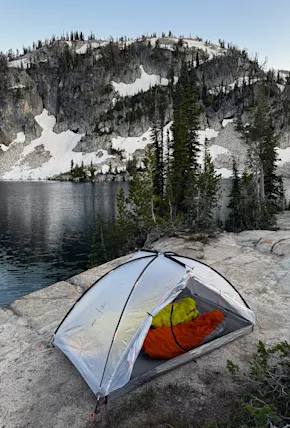Born and raised in Asheville, NC Kersten Vasey is a freelance photographer, producer, writer & gluten enthusiast who now calls Colorado home.
In 1985, a teacher from Flagstaff named Dale Shewalter hiked the length of Arizona to begin plotting out the route that would eventually connect sky island mountain range ecosystems, quaint gateway communities, the Sonoran Desert, the Mogollon Rim, Coconino National Forest, the Grand Canyon, and more in a long-distance hiking trail now known as the Arizona National Scenic Trail. Roughly 70% of the trail winds through national forest public lands, and, just before Shewalter passed away in 2010, the Arizona Trail aka AZT was finally designated a National Scenic Trail. The final portions were completed in 2011.
Several hundred people thru-hike the entire trail each year, and thousands more access “passages,” or short sections of the trail. (Check out my recent trip report and photo essay from hiking a 100 mile section in northern Arizona to the South Rim of the Grand Canyon.) Thru-biking the trail has become increasingly popular, too, even though portions are through wilderness where mountain biking is not allowed, or simply too technical to ride. Mountain bikers who want to stay on trail through the Grand Canyon disassemble and hike their bikes from rim to rim.












